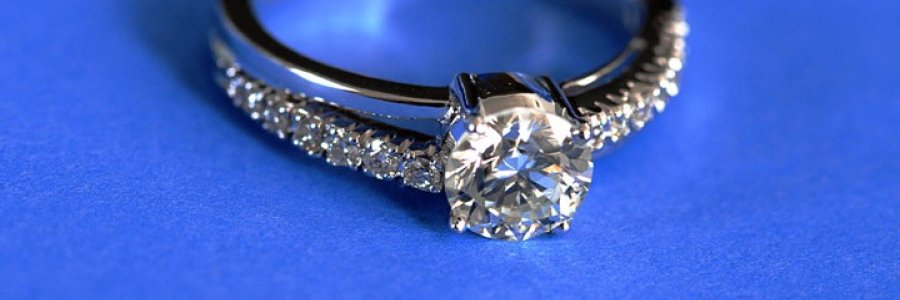In 1938, amid the ravages of the Depression and the rumblings of war, Harry Oppenheimer, the De Beers founder's son, recruited the New York–based ad agency N.W. Ayer to burnish the image of diamonds in the United States, where the practice of giving diamond engagement rings had been unevenly gaining traction for years, but where the diamonds sold were increasingly small and low-quality.
When I decided to propose to the woman who is now my wife, I gave a lot of thought to how I was going to do it. But I didn't think much about what I was going to do it with. Not only did a diamond ring seem the logical—nay, the inevitable—choice, but I had just the very diamond. My grandfather had scrounged up enough money to buy a diamond ring for my grandmother in the early 1950s, and the stone had passed to me when he passed away. I reset the diamond in a more modern band, got the ring appraised, and slipped it on my fiancée's finger.
It was a beautiful moment—a gesture of love and commitment spanning generations. And it was also exactly what De Beers Consolidated Mines, Ltd. wanted. I was a century-old marketing campaign, actualized. And I'm far from alone; three-quarters of American brides wear a diamond engagement ring, which now costs an average of $4,000.
 English
English
 Deutsch
Deutsch
 Português
Português
